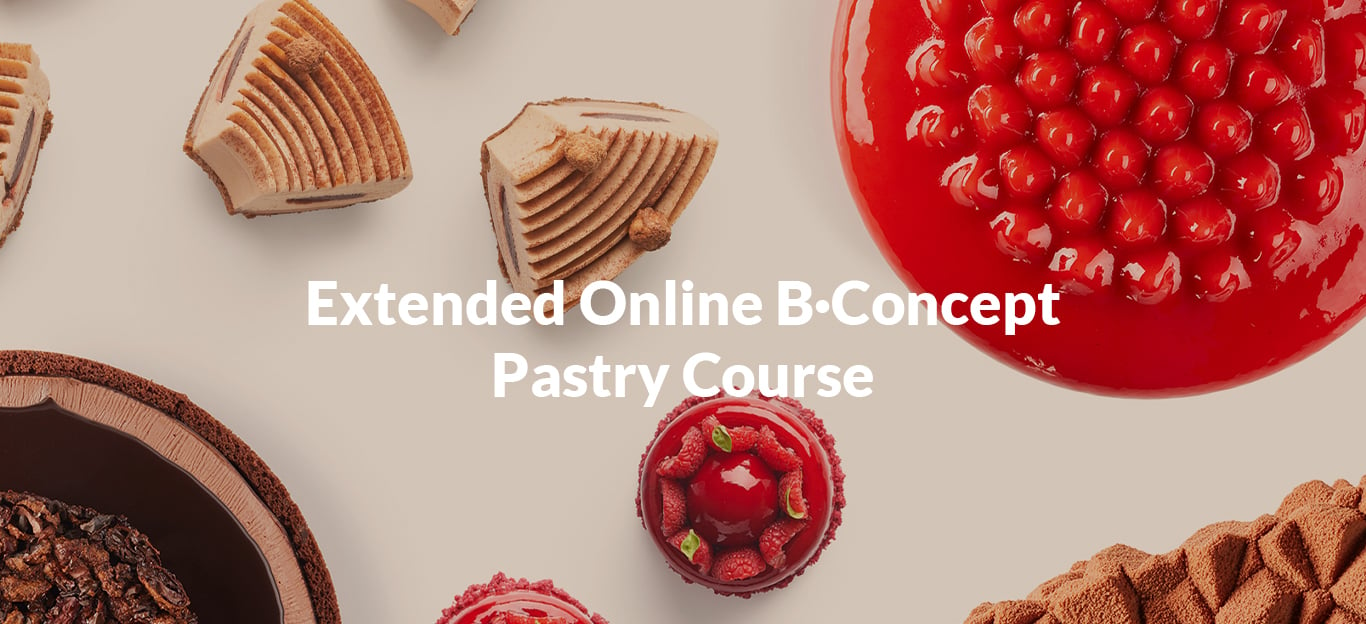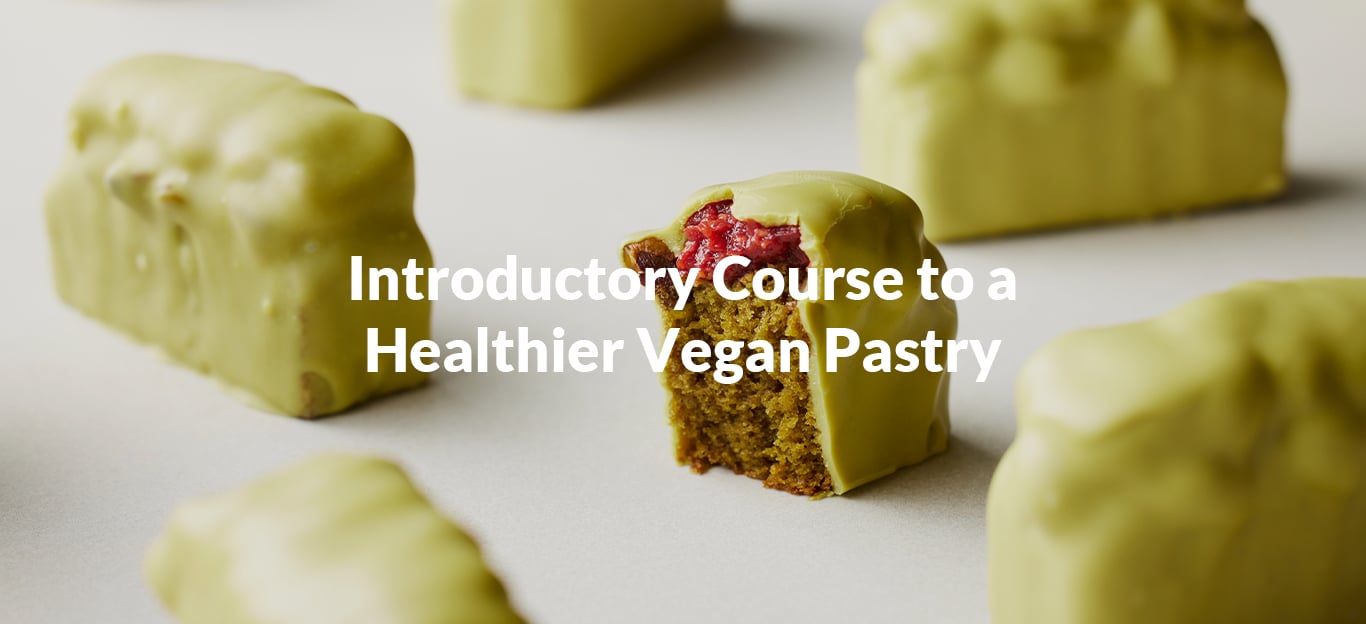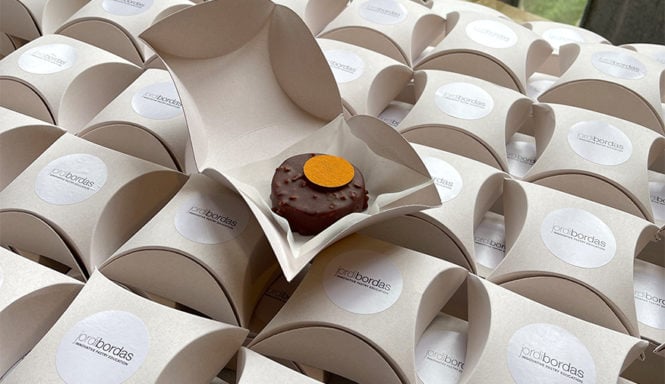
What you need to know before making a recipe from our book!
Are you ready to make the recipes from our “Healthier, Lighter and Tastier Pastry” book? Our recipes have been carefully written and revised so that you can successfully prepare them at home. Before you start, we want to share you with a series of recommendations and warnings that will help you achieve optimal results!
Presence of allergens
Our book has two pages in which we specify which elaborations are free of the most common allergens in pastry (gluten, lactose, soy, eggs, nuts…). Most of our elaborations are suitable for people with allergies or food intolerances. 40 out of the 44 recipes in the book are lactose-free. 🥛
Read the recipe and check its difficulty
We suggest you read the recipe from beginning to end before you start preparing it. This way, you can ensure that you have all the necessary ingredients and utensils and that you understand each step of the elaboration process.
We indicate the level of difficulty of each recipe, whether it is low, medium, or high. Even though all the elaborations are designed to be made at home, some of them are more laborious, or some parts of the process require more precision.
Weigh and prepare the ingredients
We advise you to weigh all the ingredients before starting. Those that can dry out, such as egg yolks, or those that may absorb too much humidity, should be covered with cling film until their use.
Also, next to some of the ingredients, we indicate in which state or at what temperature they are to be used. These preparations must be made before starting to make the recipe. The indicated temperatures are those that the ingredients must have at the time of use. Therefore, their temperature must be checked right before its use.
Temperatures are important!
Some ingredients, such as the chocolate coating, can burn or curdle easily, so they need to be carefully heated. The best way to do it is in a bain-marie, stirring constantly to evenly distribute the heat.
It is also important to respect the temperatures at which the preparations are cooled or heated during the elaboration process.
Preheat the oven
It is necessary to turn on the oven beforehand so that when the preparation is introduced, the oven is already at the indicated temperature. Done differently, the temperature will not be correct during a long period of the cooking process.
Freeze and thaw
For each elaboration, we specify if the product can be frozen. To properly preserve frozen preparations, it is necessary to isolate them from the atmosphere using airtight containers or bags. This will prevent the product from absorbing unwanted odors or condensing the water during defrosting.
Thawing time will vary depending on the volume and composition of the recipe but can range from 1 to 8 hours. When specified, it is important to ensure that preparations are completely frozen before following the next step indicated in the recipe.
By following the recipes in this book by Jordi Bordas, you will be able to make a collection of healthier, lighter, and tastier pastry products; from breakfasts and snacks to cakes with different textures, desserts, tartlets, and travel cakes.
If you want more, remember that in the Extended Online B·Concept Pastry Course we go deep into all the theoretical concepts behind our book. Do you wish to continue learning with us!?





